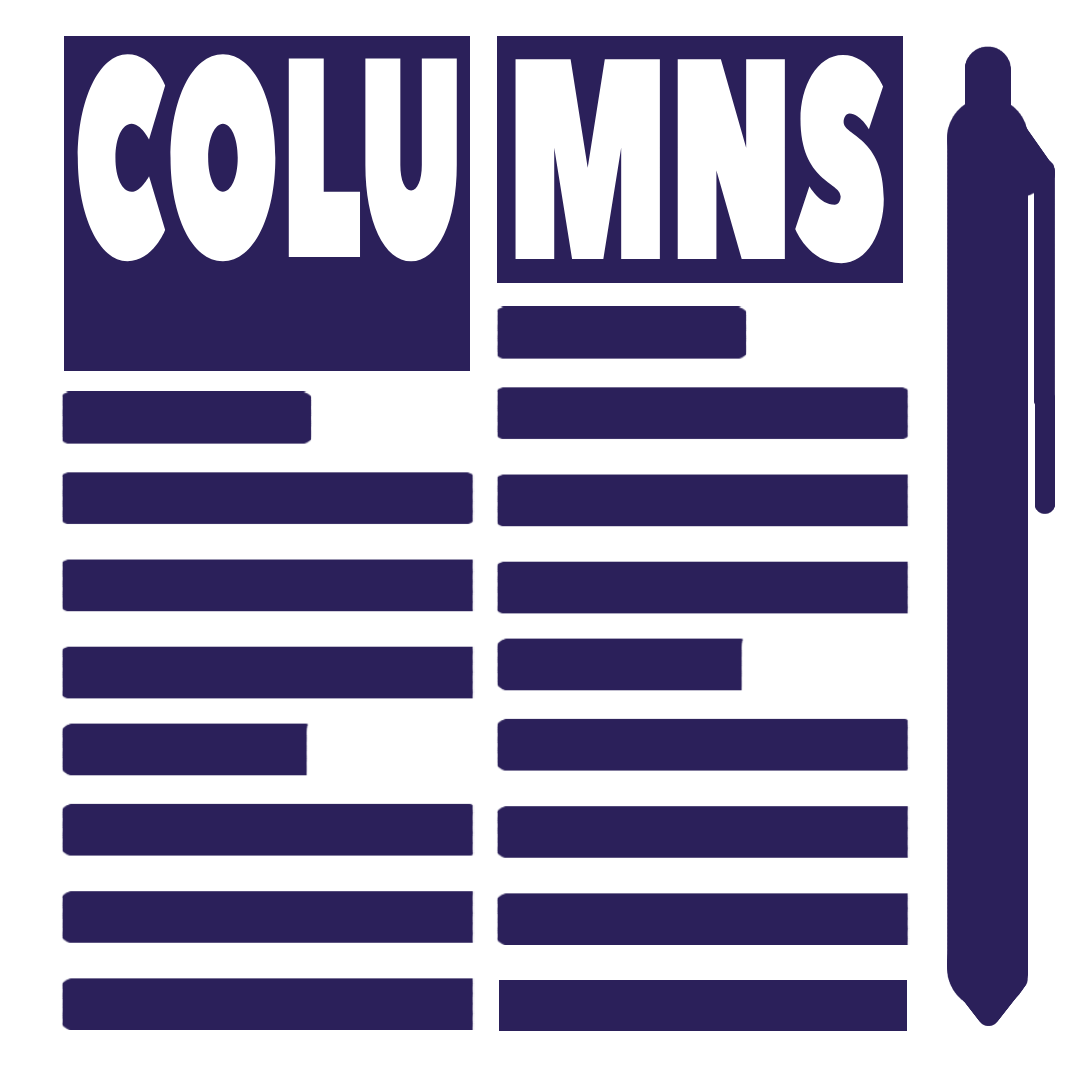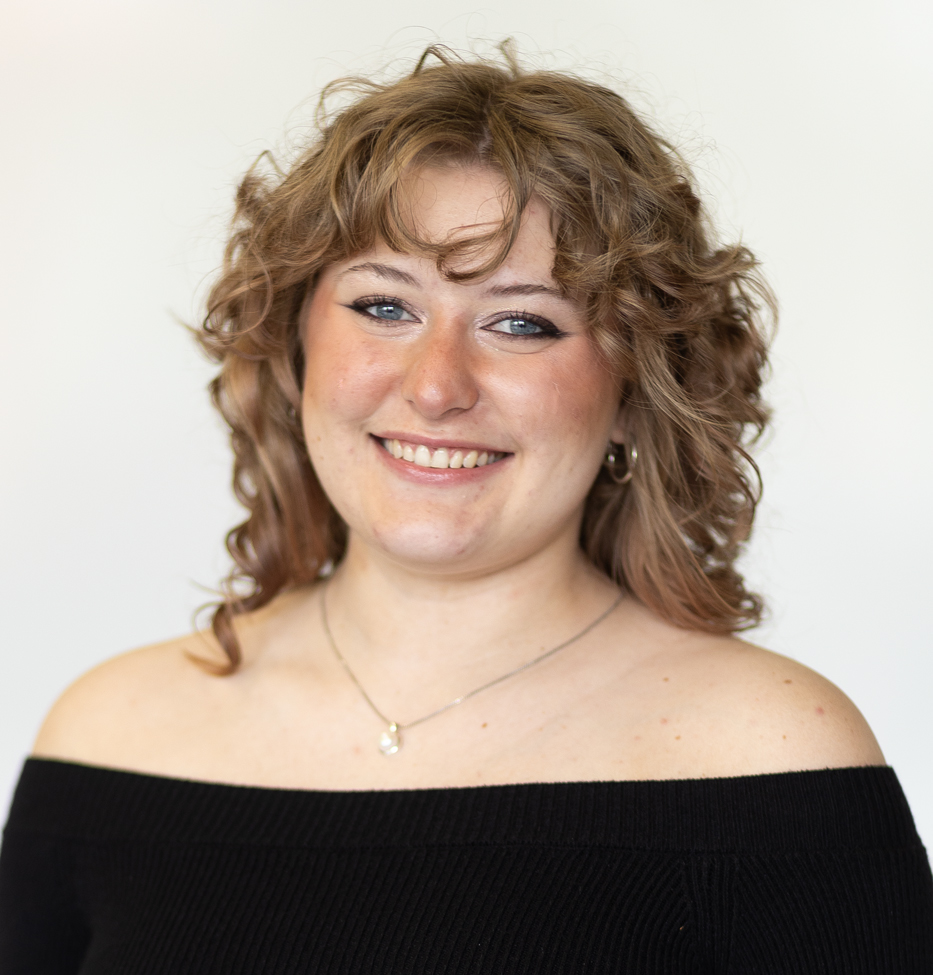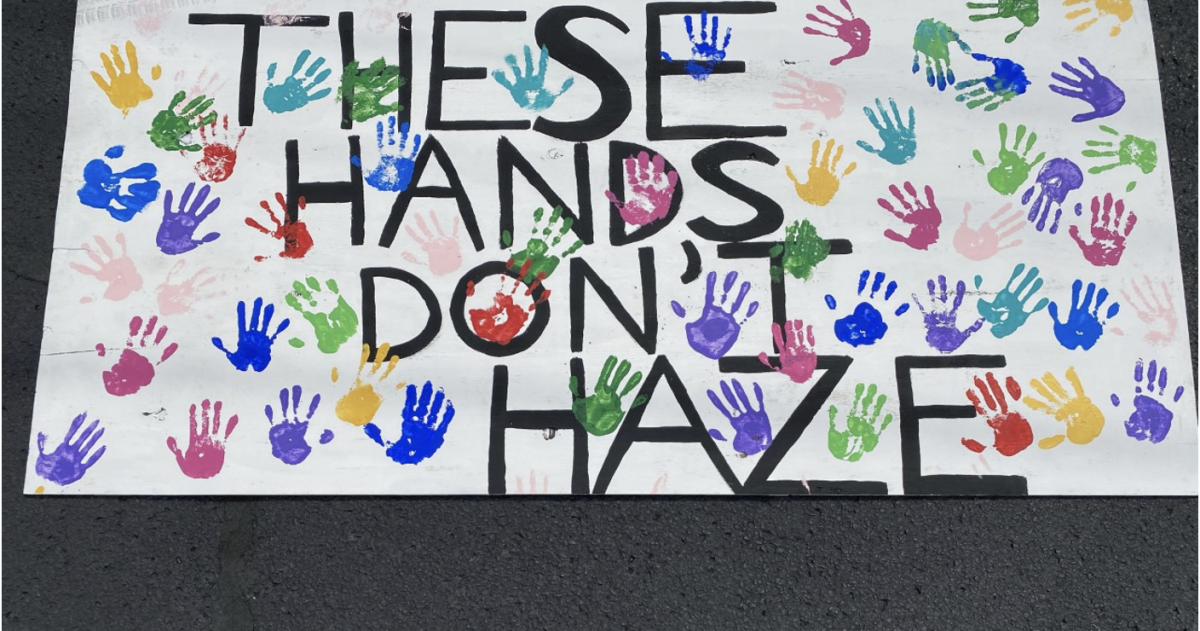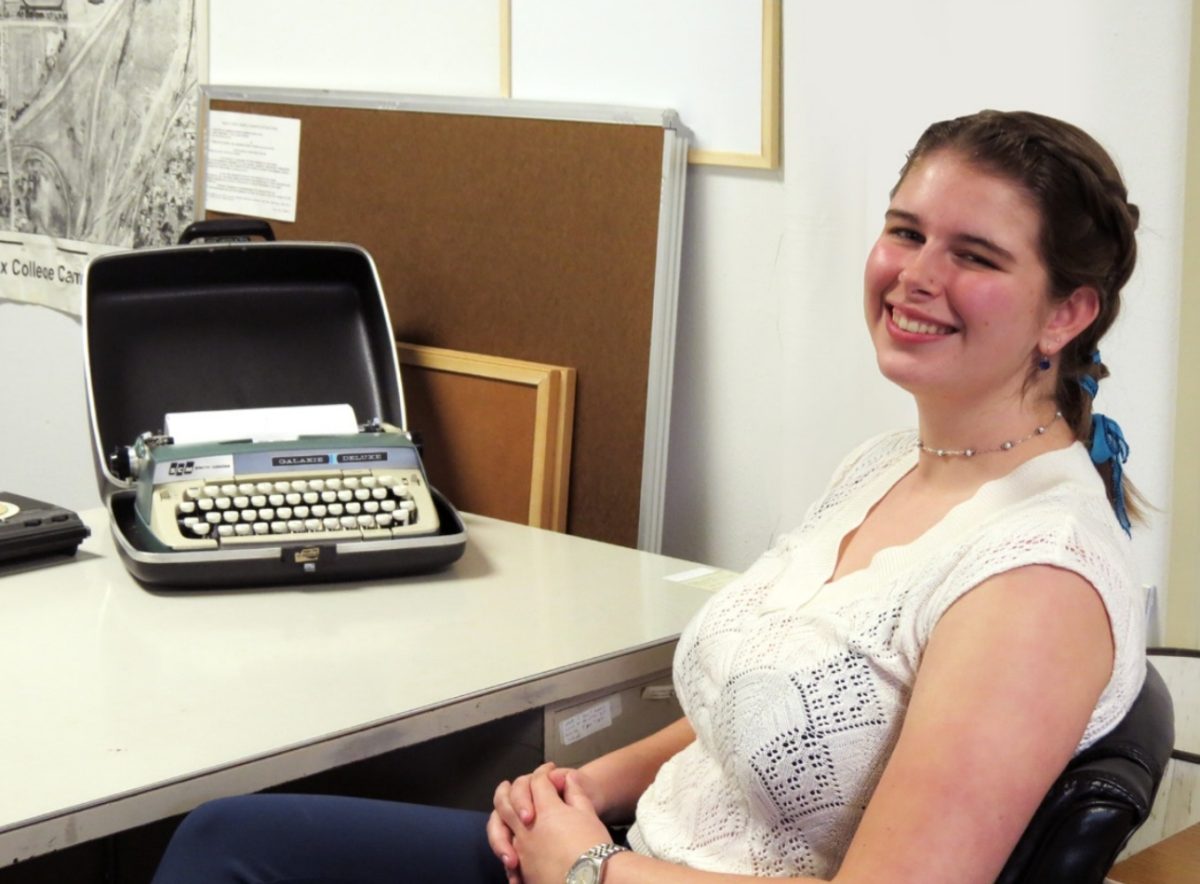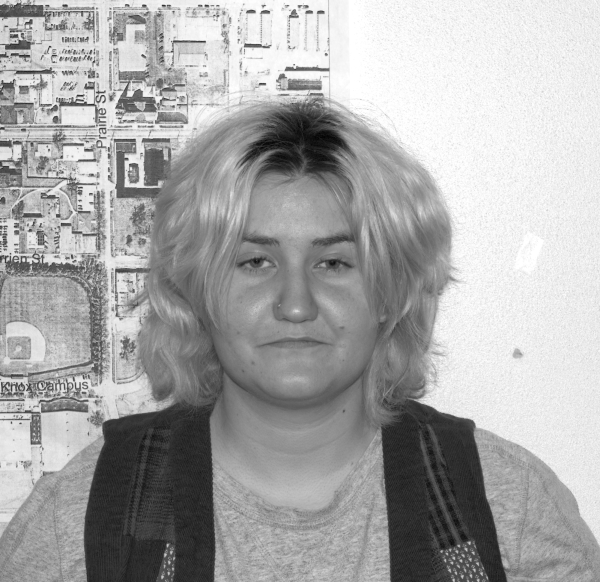Program Extends Loan Forgiveness to College Students
Many Knox students may qualify for the Student Debt Relief Program that President Biden passed Aug. 24. This three point plan to allow more accessibility to higher education. The program could allow up to $10,000 or $20,000 of student loan forgiveness. The application is now open, and will close Dec. 31, 2023.
Pell Grant recipients could receive up to $20,000 of loan forgiveness. Non-Pell Grant Recipients could also be eligible for the program. Individuals who made less than $125,000 in 2021 or 2020 and families who made less than $250,000 those same years qualify for the program. According to the New York Times, the median family income of Knox students in 2017 was $106,200, meaning that more than half of Knox students would have been eligible for this program.
To check your eligibility, look at either your own taxes or the taxes of whoever claims you as a dependent (likely a parent or guardian). The specifications are based on your adjusted gross income (AGI), and can be found on line 11 of the IRS form 1040.
To see whether you are receiving the Pell Grant look in the My Account section of MyKnox, select statements, and look at any of the statements for this year. If you see Federal Pell Grant listed under descriptions you do qualify for the program, and could receive up to twice as much in forgiveness.
To view the specifics of your student loans, or access your federal financial aid information, studentaid.gov is a very helpful resource. It provides more important information about the debt relief program and next steps after you’ve submitted your application. You can also view other loan forgiveness programs that might apply to you.
This debt relief program also includes a final extension to the Covid-19 loan repayment pause.
The program doesn’t only assist current and former students, but also future ones. The Department of Education is working to lower university prices and hold institutions accountable when they drastically increase costs. They are also working to increase the maximum aid given by the Pell Grant and to make community college free in the future.
The debt relief program’s third and final aspect reduces current and future monthly repayments by half. It also adjusts an already existing program – Public Service Loan Forgiveness (PSLF) – to include loan forgiveness toward those who have worked in: a nonprofit organization, the military, or federal, state, local, or tribal government. Between the three prongs of this plan, it could make a big difference in lowering college education costs.
The nature of loans and interest rates mean that the longer your debt exists, the more it increases. It could be critical to afford the cost of living, or pay back what loans you have left, to take advantage of this program while you can.
On Oct. 22, the U.S. appeals court temporarily blocked the program from distributing aid. This does not, however, reverse the decision to move forward with the program, it only temporarily blocks actual funds from being sent out to eligible applicants. You are still able to apply to the program, but the aid won’t be released until the court makes its final decision.

